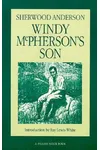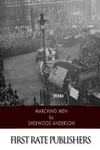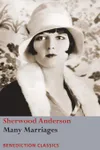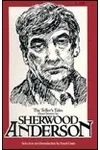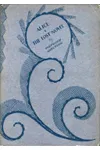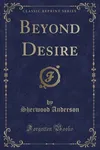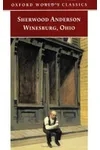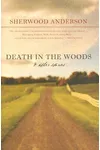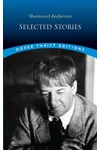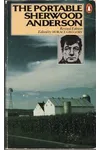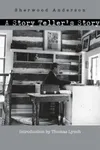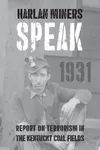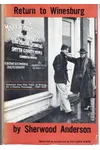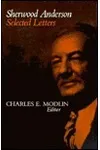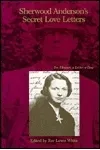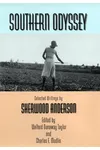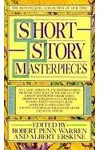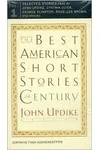Picture a small-town dreamer who swapped a business suit for a pen, crafting stories that changed American literature—meet Sherwood Anderson! Born in 1876, this Ohio native captured the quiet struggles and hidden dreams of everyday folks, most famously in his groundbreaking short story collection, Winesburg, Ohio. His raw, heartfelt tales of loneliness and human connection hooked readers and inspired literary giants like Ernest Hemingway and William Faulkner.
Anderson’s knack for peeling back the layers of ordinary lives made him a pioneer of modernist fiction. Ready to dive into his world? Let’s explore the man, his stories, and why he still matters.
The Making of Sherwood Anderson
Sherwood Anderson was born on September 13, 1876, in Camden, Ohio, the third of seven children. Growing up in a struggling family, he worked odd jobs—newsboy, stablehand, soldier—to help make ends meet. These early experiences in small-town America shaped his keen eye for the hopes and frustrations of regular people. After a stint in the Spanish-American War and a successful career managing a paint factory, Anderson hit a breaking point in 1912. In a bold move, he walked away from his business and family to chase his true passion: writing.
This leap wasn’t easy—Anderson was 36, with little formal literary training—but his grit and raw talent fueled his rise. Settling in Chicago, he joined a vibrant literary scene, rubbing shoulders with poets and novelists who cheered his unique voice. His early novels, like Windy McPherson’s Son, hinted at the genius to come.
Sherwood Anderson’s Unforgettable Stories
Anderson’s masterpiece, Winesburg, Ohio (1919), redefined the short story. This collection of linked tales follows the residents of a fictional Ohio town, each grappling with isolation, unfulfilled dreams, and the search for meaning. With simple prose and deep empathy, Anderson revealed the inner lives of characters like George Willard, a young reporter navigating love and ambition. Critics hailed its innovative structure and emotional depth, cementing Anderson’s place in literary history.
Beyond Winesburg, Anderson penned other gems. The Triumph of the Egg (1921), a short story collection, blends humor and heartbreak, exploring rural life’s quirks. His novel Dark Laughter (1925) dives into love and race in the South, showcasing his bold take on complex themes. Anderson’s style—spare, conversational, and psychologically rich—broke from the ornate prose of his time, paving the way for modern American fiction.
His stories often leaned on his Ohio roots, but their universal themes of longing and resilience resonated far beyond the Midwest. Anderson wasn’t afraid to tackle taboo topics like sexuality and societal pressure, making his work both daring and timeless.
Why Sherwood Anderson Matters
Sherwood Anderson’s influence stretches far beyond his own books. His focus on ordinary people’s inner lives inspired a generation of writers, from Hemingway to Raymond Carver. Winesburg, Ohio is often credited with shaping the modern short story, blending realism and psychological insight in a way that felt fresh and fearless. Anderson also mentored young talents, offering guidance to Faulkner and others who carried his torch.
Today, Anderson’s stories still strike a chord, reminding us that even quiet lives hold profound drama. His work captures the ache of human connection—a theme as relevant now as it was in 1919. Literary scholars and readers alike celebrate him as a bridge between 19th-century realism and 20th-century modernism.
About Sherwood Anderson
- Born: September 13, 1876, Camden, Ohio
- Key Works: Winesburg, Ohio (1919), The Triumph of the Egg (1921), Dark Laughter (1925)
- Died: March 8, 1941, Panama
- Legacy: Influenced modernist fiction and mentored writers like Ernest Hemingway
Snag a copy of Winesburg, Ohio and dive into Sherwood Anderson’s soulful, small-town world! His stories might just make you see your own life in a new light.
